Appendix G.1
G.1 Formation Assignment and Associated Calculations (Automated)
- Tables
- D_INTERVAL_FORM_ASSIGN
- D_INTERVAL_FORM_ASSIGN_FINAL
- Views (incomplete - example only)
- V_SYS_CHK_DIFA_CM2004_REMOVE
- V_SYS_CHK_DIFA_CM2004_ADD
- V_SYS_DIFA_GL_MOD_CM2004
- V_SYS_CHK_DIFA_GL_OAKRIDGES_CM2004_THICK
- V_SYS_CHK_DIFA_GL_THORNCLIFFE_CM2004_THICK
- V_SYS_CHK_DIFA_GL_SCARBOROUGH_CM2004_THICK
- V_SYS_DIFAF_ASSIGN
- V_SYS_PUMP_MOE_TRANS
- Estimated Recurrence Time: Weekly
A methodology has been adopted to automatically update the formation assignment (for each INT_ID), superceding the previous manual instructions. This allows for correction within a short time period if either of the coordinates or elevation of a location has been modified. These sequence of events are implemented externally to the master database (ORMGPDB) but use the listed tables and views to accomplish much of the process (an exception being the determination of the various geologic surface elevations, refer to the following for details).
Overall control of the population and update of D_INTERVAL_FORM_ASSIGN (DIFA) D_INTERVAL_FORM_ASSIGN_FINAL (DIFAF) is controlled by
d_int_form_ass.bat
(as described in Section G.32) with a section of code defined for each of the geologic models being evaluated. Currently (as of 2021-02-11) this includes the CM2004, WB2018 and YT32011 models. Using CM2004 as an example of the geologic model being examined, the order of processing is
- Removal of intervals from DIFA (V_SYS_CHK_DIFA_CM2004_REMOVE)
- Addition of intervals to DIFA (V_SYS_CHK_DIFA_CM2004_ADD)
- Creation of a temporary table (TMP_CM2004_INT) with the CM2004 geologic formation(s) identified for each affected INT_ID (V_SYS_DIFA_GL_MOD_CM2004); note that this relies upon a call to the Giant System command ‘assign_layer’ to interface the ORMGPDB with the grid files associated with this geologic model
- Update of DIFA based upon the contents of TMP_CM2004 where any of the current contents (of DIFA) deviate from the contents of the temporary table
- Removal of the temporary table
- Assign the unit associated with the interval for this particular model (in DIFA; refer to Section 2.4.5 for details)
- Determine the thickness of the specified aquifer (for CM2004, this includes: Oak Ridges Moraine Complex, Channel Sands, Thorncliffe, Scarborough) for each affected INT_ID and store the result in a temporary table (in order: TMP_CM2004ORAC, TMP_CM2004_CHANSA, TMP_CM2004_THORN and TMP_CM2004_SCAR); the V_SYS_CHK_DIFA_GL* views are used here; note that this relies upon the Giant System command ‘grid_examine’
- Update the THICKNESS_M field in DIFA for each aquifer using the temporary tables (TMP_CM2004_ORAC, TMP_CM2004_CHANSA, TMP_CM2004_THORN and TMP_CM2004_SCAR) as a source
- Remove these temporary tables
Each geologic model is processed in similar manner.
We now have sufficient information to calculate Specific Capacity, Transmissivity and Hydraulic Conductivity and store the results in DIFA. Refer to Section 2.4.5 for details on how this is accomplished (and the assumptions made for these calculations). This uses V_SYS_PUMP_MOE_TRANS as a source called repeatedly by the Giant System command ‘data_batch’.
At this point, the DIFAF is processed, including
- Removal of those intervals not found in DIFA (and have a NULL OVERRIDE_UNIT and MANUAL_UNIT)
- Addition of those intervals found in DIFA that are not currently in DIFAF
- Update the ASSIGNED_UNIT field based upon the models present in DIFA (V_SYS_DIFAF_ASSIGN); refer to Section 2.4.5 for details regarding the choice of the final assigned geologic unit for a particular INT_ID
